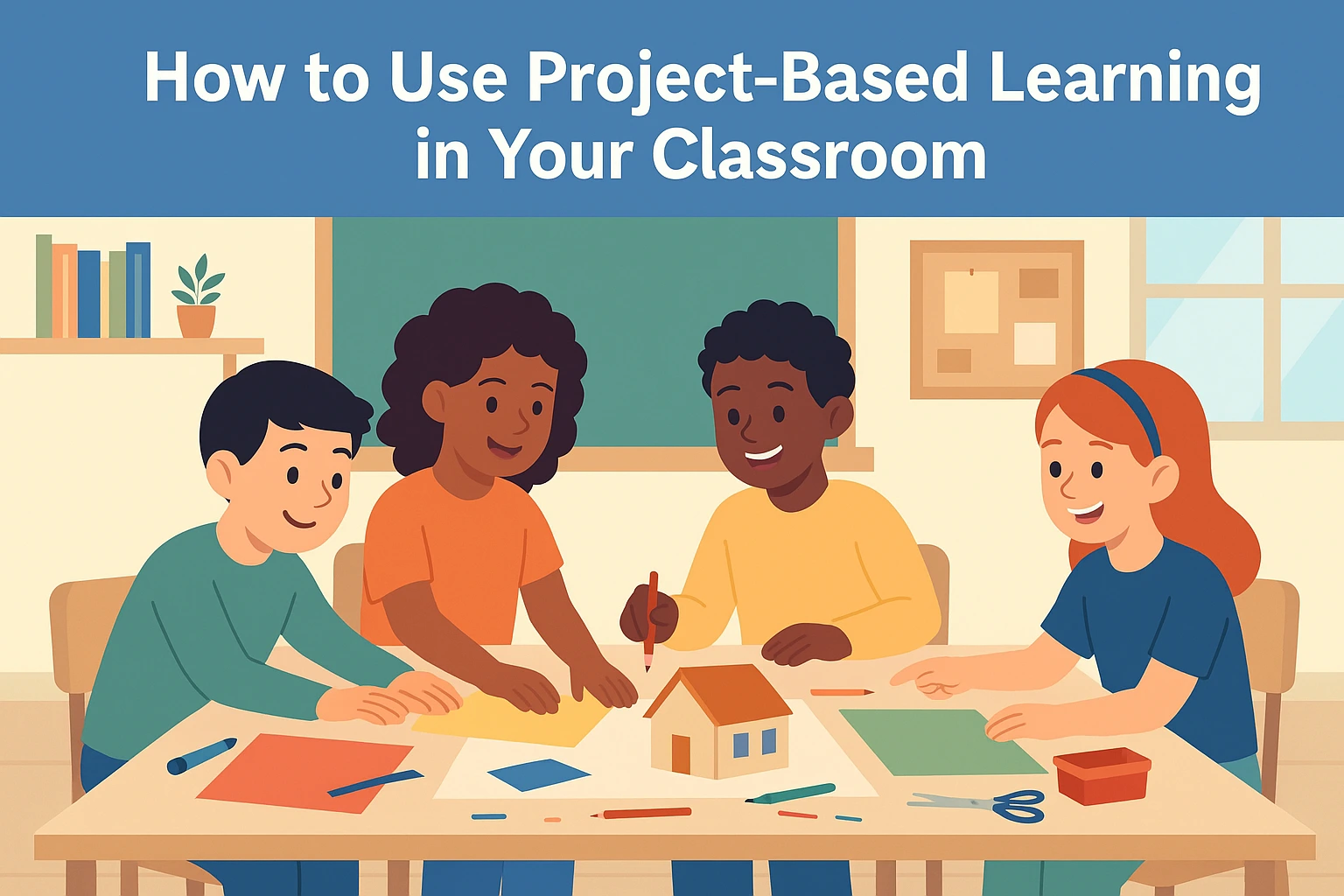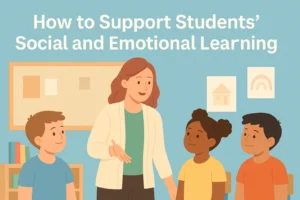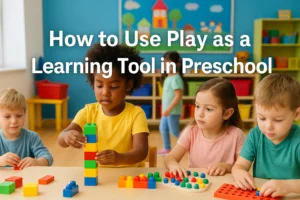🎓 How to Use Project-Based Learning in Your Classroom: A Practical Guide
Introduction
Traditional lectures have their place, but many teachers today look for ways to make learning more meaningful and engaging. Project-Based Learning (PBL) is a proven method that does just that. It encourages students to explore real-world problems, collaborate with peers, and apply knowledge creatively.
In this article, you’ll discover how to implement project-based learning in your classroom step-by-step and watch your students thrive.
💡 What is Project-Based Learning?
Project-Based Learning is an instructional approach where students gain deep understanding by actively exploring real-world challenges and problems. According to Edutopia (external authority link), PBL helps students develop critical thinking, communication, and collaboration skills that prepare them for future careers.
📌 Benefits of Project-Based Learning
Increased Engagement: Students take ownership of their learning.
Collaboration: Encourages teamwork and communication.
Real-World Connection: Projects relate to authentic situations.
Deeper Understanding: Students apply concepts instead of memorizing facts.
Development of Soft Skills: Enhances problem-solving, time management, and leadership.
🏫 How to Implement Project-Based Learning in Your Classroom
✅ 1. Choose a Meaningful Project Topic
Select topics connected to your curriculum and students’ interests. Real-world relevance keeps motivation high. For instance, designing a community garden combines science, math, and environmental studies.
✅ 2. Set Clear Learning Goals
Identify the academic standards and skills students should master by the end of the project. This ensures that fun and learning go hand in hand.
✅ 3. Plan the Project Structure
Break the project into phases: research, planning, execution, and presentation. Provide a timeline with milestones to help students stay organized.
✅ 4. Facilitate Student Voice and Choice
Allow students to make decisions about the project’s direction or final product. This fosters ownership and creativity.
✅ 5. Guide, Don’t Direct
In PBL, teachers act as facilitators rather than lecturers. Check in regularly, ask guiding questions, and provide resources when needed.
✅ 6. Encourage Collaboration
Arrange students in small groups and define clear roles. Use collaboration tools or checklists to help manage tasks and responsibilities.
✅ 7. Integrate Reflection
Build in opportunities for students to reflect on their progress, challenges, and what they’ve learned. Reflection deepens understanding.
✅ 8. Showcase and Celebrate Work
Have students present their projects to classmates, parents, or the wider community. Public presentations add accountability and pride.
📚 How SkillUp Learn Supports Teachers with PBL
At SkillUp Learn, we provide teachers with practical training, downloadable resources, and expert advice to implement project-based learning successfully. Our tools help you plan engaging projects and foster skills your students need for the future.
Explore our teacher resources and online training to get started today!
✅ Conclusion
Project-Based Learning transforms your classroom into an active, student-centered space where curiosity and collaboration thrive. By planning meaningful projects and guiding your students through them, you help build skills that last a lifetime.



